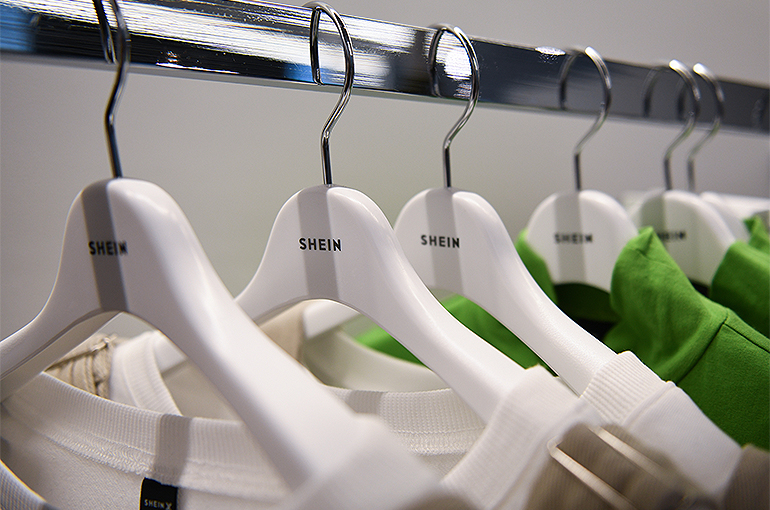 A Dip Into Shein’s On-Demand Flexible Supply Chain System
A Dip Into Shein’s On-Demand Flexible Supply Chain System(Yicai) Jan. 5 -- Chinese online budget fashion retailer Shein has been adopting an on-demand flexible supply chain system that has become key to connecting suppliers in Guangdong province and other regions, establishing core brand competitiveness for global customers.
Wang Xin, the owner of a factory in Guangzhou, told Yicai that the plant was on the brink of bankruptcy with only 30 employees when it began working with Shein on the latter’s products in 2015, but now has more than 300 employees.
Thanks to the Shein-led supply chain management system, the factory achieved efficient digital manufacturing, Wang added.
“After joining Shein’s supply chain, we don’t have to worry about so many things,” Liu Rui, the owner of another factory in Guangdong province, told Yicai. The plant had mainly supplied Chinese brands before, so it did not have much experience with overseas fashion trends, Liu added, noting that the transition was very simple, thanks to Shein’s constant support.
Liu’s plant cooperates with Shein from the early design and development stage. After an initial planning phase, Shein provides Liu’s plant with material, style, fabric, and model options from which to choose to develop the products, which will be later sold under the Shein brand.
Meanwhile, Wang’s factory directly receives from Shein brand samples and patterns, as well as a list of fabric and material suppliers already part of Shein’s supply chain to choose from, without having to go through the design process.
Once the products are ready, Shein first places a small order of 50 to 80 pieces that can be delivered within 10 days to check the quality and then decides whether to place another order or multiple ones, depending on the actual demand.
Within the six months of cooperation with Shein, the factory has already produced a best-selling product, Liu said. The first order the factory received from Shein was of 100 pieces, but now the total number has exceeded 300,000 pieces, Liu added.
With this method, Shein can keep its inventory level at single-digit figures, while its competitors often have inventory levels of up to 40 percent to 50 percent.
Last September, Shein released a plan to add suppliers from 500 Chinese cities to access its flexible global supply chain and digital trade network within three years.
Editor: Futura Costaglione